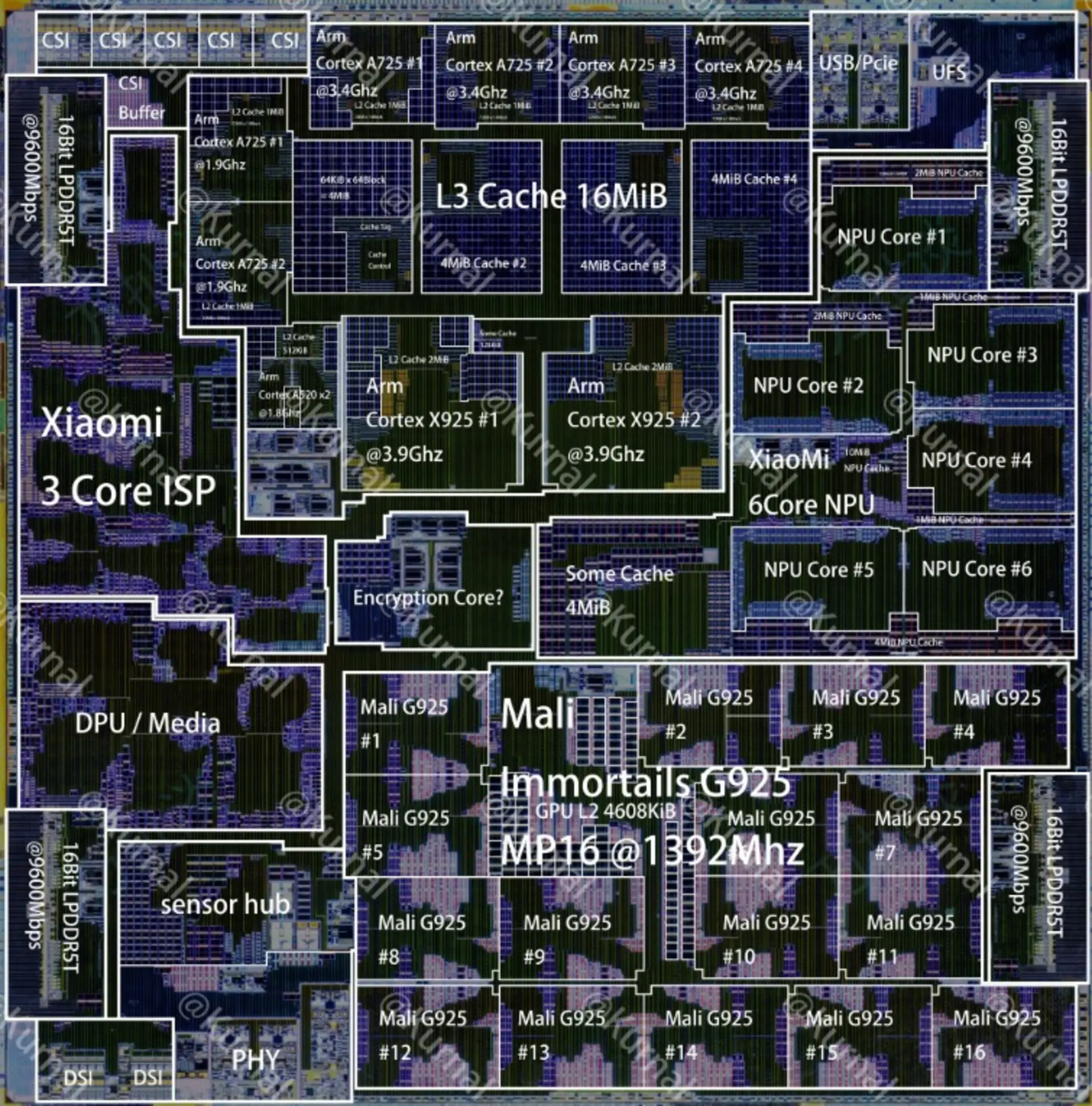In a major stride towards technological independence, Xiaomi has officially introduced its first in-house processor, the XRING O1. This announcement not only marks Xiaomi's entry into chip manufacturing but also demonstrates the company's ambition to optimize its devices for enhanced performance and artificial intelligence capabilities.
Inside the Xiaomi XRING O1: Architecture and Capabilities
The XRING O1 is designed as a dedicated image processing chip, primarily aimed at pushing the boundaries of computational photography and real-time video enhancements on Xiaomi smartphones. By leveraging this custom silicon, Xiaomi seeks greater control over image processing pipelines, promising superior camera performance compared to competitors relying on off-the-shelf solutions.
Unique to the XRING O1 is its advanced AI engine, which facilitates real-time enhancements such as improved HDR, more accurate color reproduction, and smarter scene detection. The integration of a custom-made chip also enables Xiaomi to reduce latency and power consumption during intensive image processing tasks, directly benefiting users in terms of both battery life and photo quality.
Recent die shots of the chip offer a glimpse into its internal structure, revealing a tightly packed design optimized for speed and efficiency. While Xiaomi has not disclosed all technical specifics, the visual evidence points to a sophisticated design consistent with industry-leading image signal processors.

The Significance of Custom Processors in Xiaomi Devices
For years, smartphone manufacturers have relied on chips provided by established firms like Qualcomm or MediaTek. By venturing into custom processor development, Xiaomi aims to differentiate its products and accelerate the adoption of AI-powered features.
The XRING O1's launch aligns with the broader industry trend of vertical integration, most notably seen in Apple's use of its own A-series and M-series chips. By investing in custom silicon, Xiaomi gains more flexibility to tailor performance, introduce exclusive software features, and potentially improve hardware-software synergy.
This approach also promises security benefits, as Xiaomi can better control the data processed on its devices, potentially reducing vulnerabilities and giving users greater peace of mind.
Market Impact and Future Prospects
The unveiling of the XRING O1 signals Xiaomi’s commitment to long-term innovation. While initially reserved for flagship devices, the company has signaled plans to integrate custom processors across future product lines, further expanding their impact. Industry analysts anticipate that Xiaomi's move could prompt other manufacturers to accelerate efforts in custom chip design, intensifying competition in the smartphone market.
The introduction of this proprietary processor also positions Xiaomi as a formidable player in the global smartphone industry, capable of challenging market leaders not only through software innovation but through advanced hardware engineering as well.
Conclusion
Xiaomi’s launch of the XRING O1 custom processor marks a pivotal moment in the company’s evolution from device assembler to technology innovator. With enhanced AI capabilities, superior image processing, and the promise of greater security, the XRING O1 sets a new standard for Xiaomi's future smartphones. As the company moves forward with the integration of custom silicon, both consumers and the broader tech industry can expect more powerful, efficient, and feature-rich devices from one of China’s leading brands.


Comments
Leave a Comment